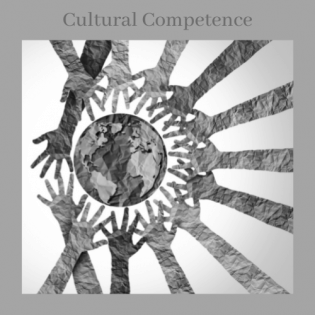Understanding Disabilities
Young people explore demographics and definitions to better understand some of the disabilities of their peers. They discuss how we can support one another's unique expressions of self.
Demonstrate a basic understanding of some of the most common disabilities youth in the community experience
youth access to Internet for research
- Collect demographic information for disabilities in your community as represented by the public school district. In Michigan, this is found at https://www.mischooldata.org/special-education-data-portraits-disability/
- Identify the 4-5 most prevalent disabilities and copy the descriptions of each to share with the participants. Two sources: https://www.michiganallianceforfamilies.org/eligibility-categories/ | https://www.understood.org/en/articles/conditions-covered-under-idea
These may include autism spectrum disorder, cognitive impairment, deaf and/or blindness, developmental delay, emotional impairment, speech or language impairment, intellectual disability, traumatic brain injury, or physical impairment.
- book and literature guide for Just Ask by Sonia Sotamayor
- MI School Data https://www.mischooldata.org/special-education-data-portraits-disability/
- IDEA disability eligibility categories https://www.michiganallianceforfamilies.org/eligibility-categories/
- IDEA disability eligibility categories https://www.understood.org/en/articles/conditions-covered-under-idea
Instructions
Anticipatory Set:
While reading aloud the book Just Ask by Sonia Sotamayor, use the literature guide to prompt discussion. Talk about the specific disabilities and conditions mentioned and encourage the young people to share about someone they know (or themselves) who also has that disability/condition. This is a wonderful and organic way to illustrate just how common disabilities are, everywhere we go.
Based on the demographic information you collected, name the 4-5 disabilities that are most prevalent in the community (school district, county, or state).
Working individually or in pairs, young people research those disability areas using the internet and the Just Ask book. They may look up definitions, how common the disability is, traits of the disability (strengths and barriers), and ways to respectfully support someone with the disability. With younger children, you may do the investigations as a whole group.
After 20 minutes of research, the groups come together and share with the whole group what they learned. Discuss the differences and similarities between the types of disabilities and how we support one another's unique expressions of self.
Giving back to the community: Have the group plan a Mix It Up day or event where people cross familiar boundaries and connect with someone new. For information about the Mix It Up campaign, visit Learning for Justice - Mix it Up!
